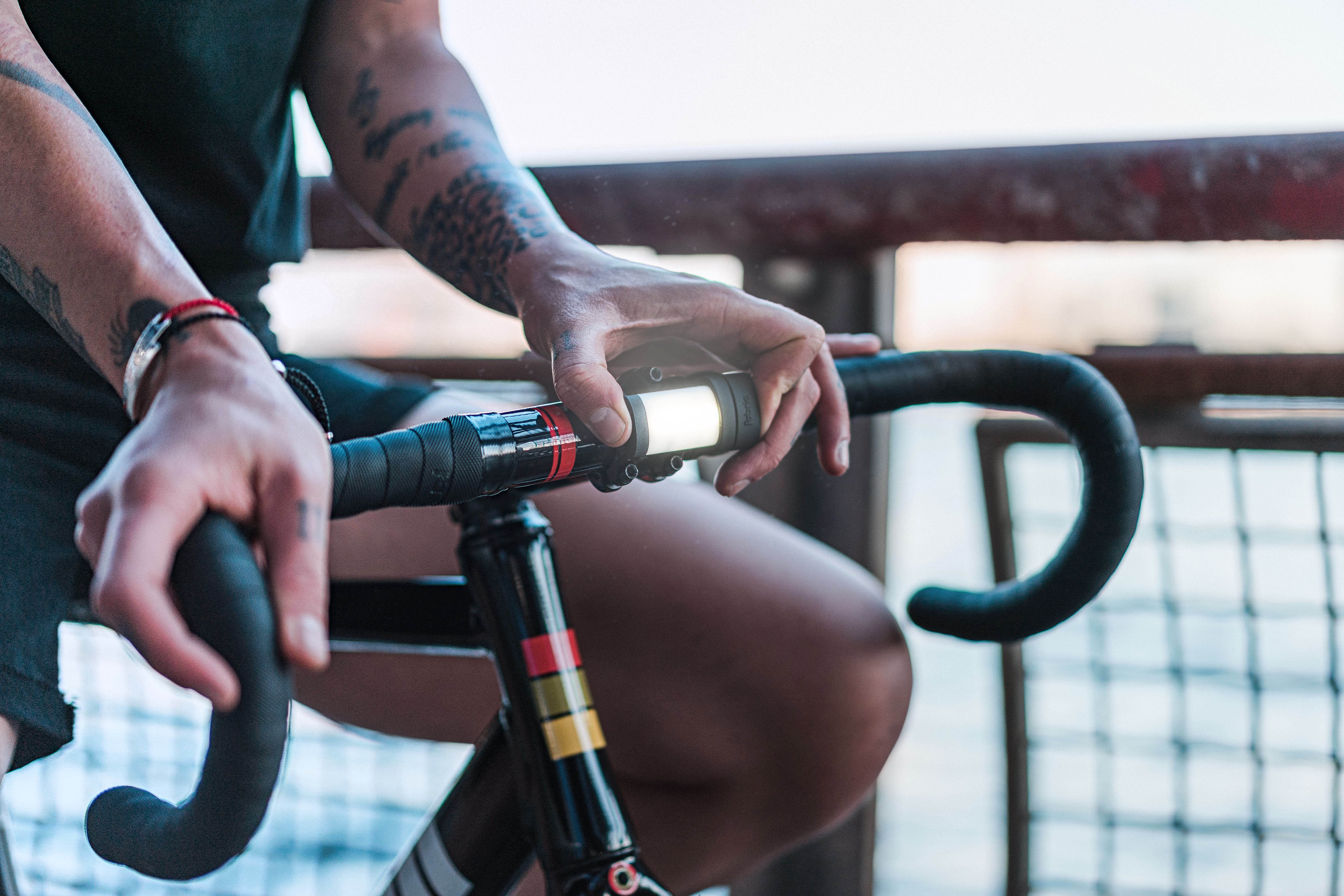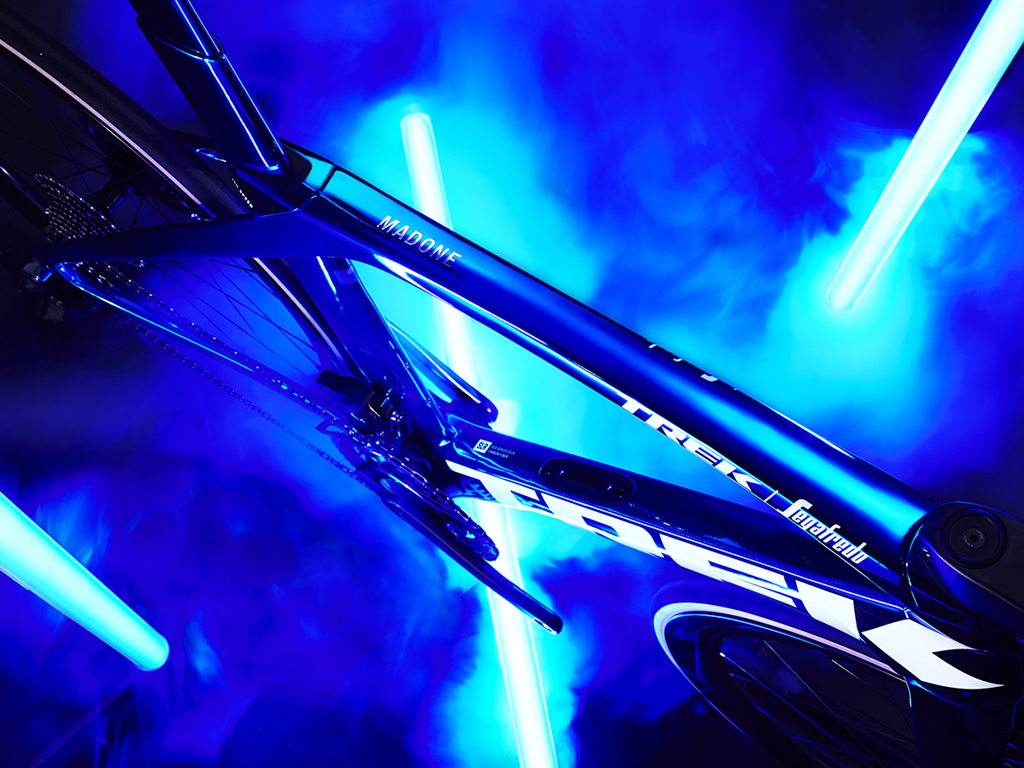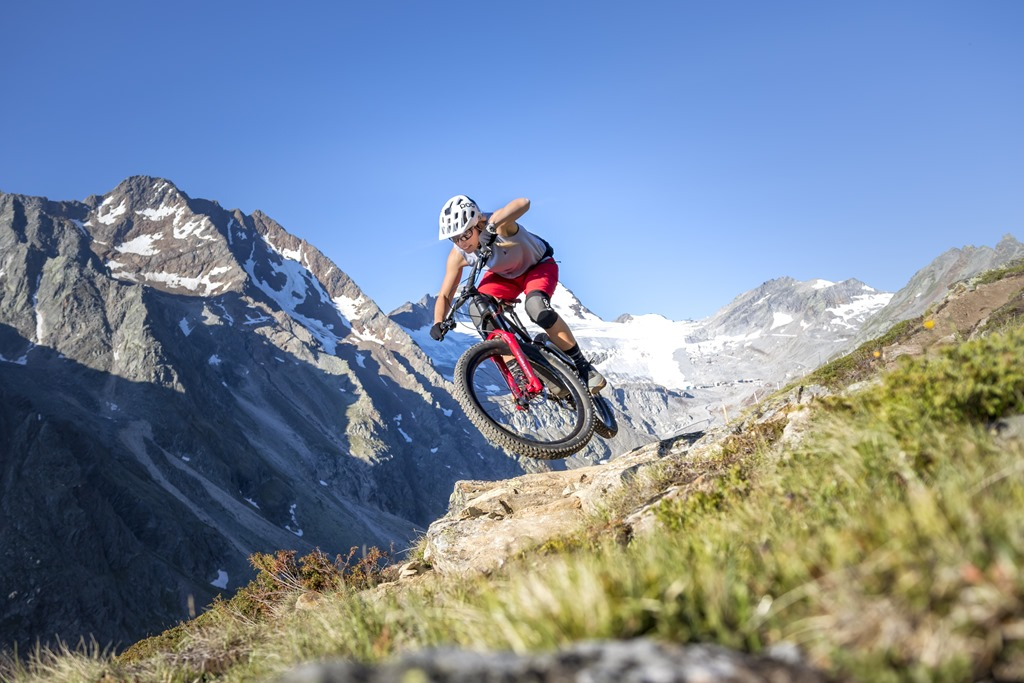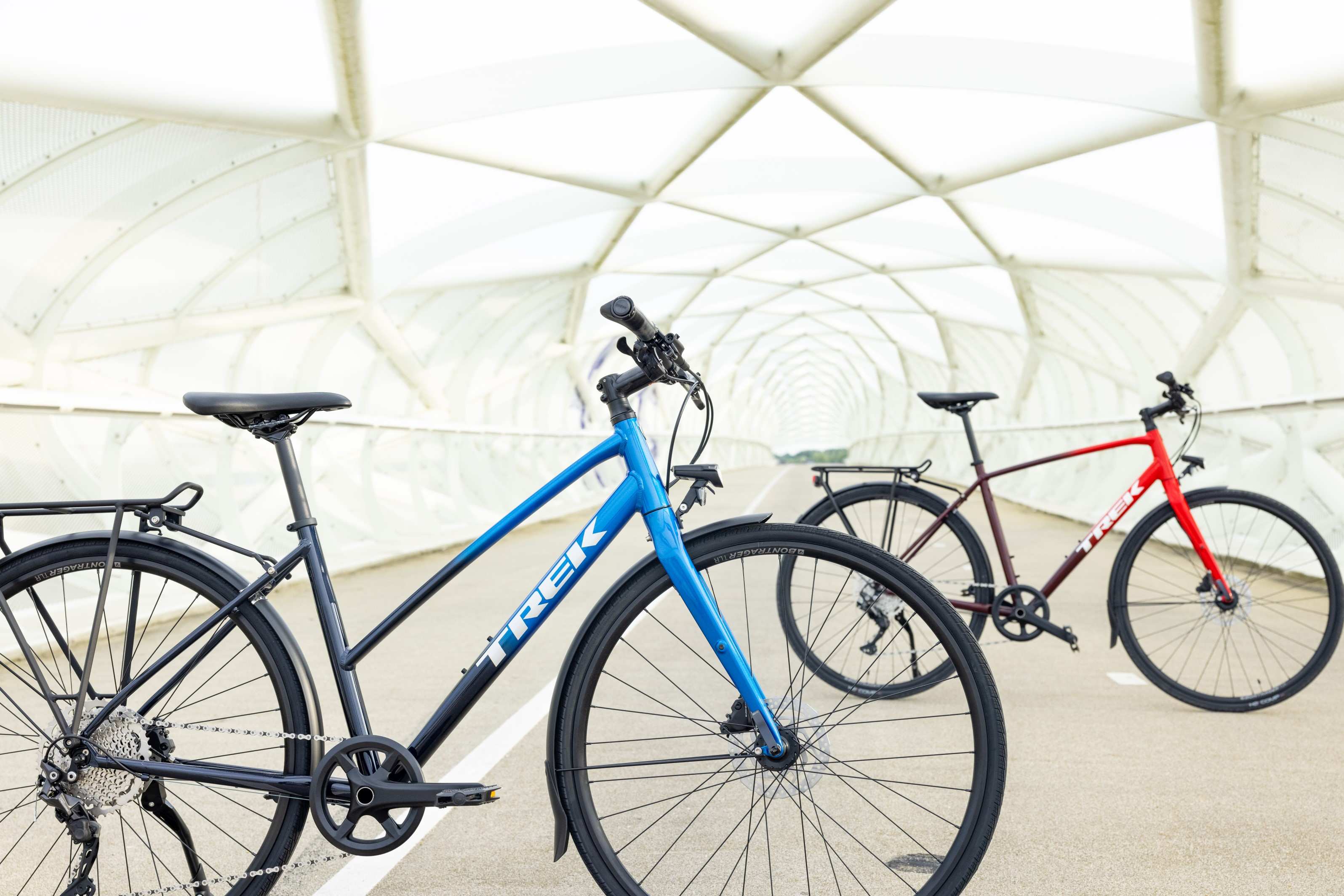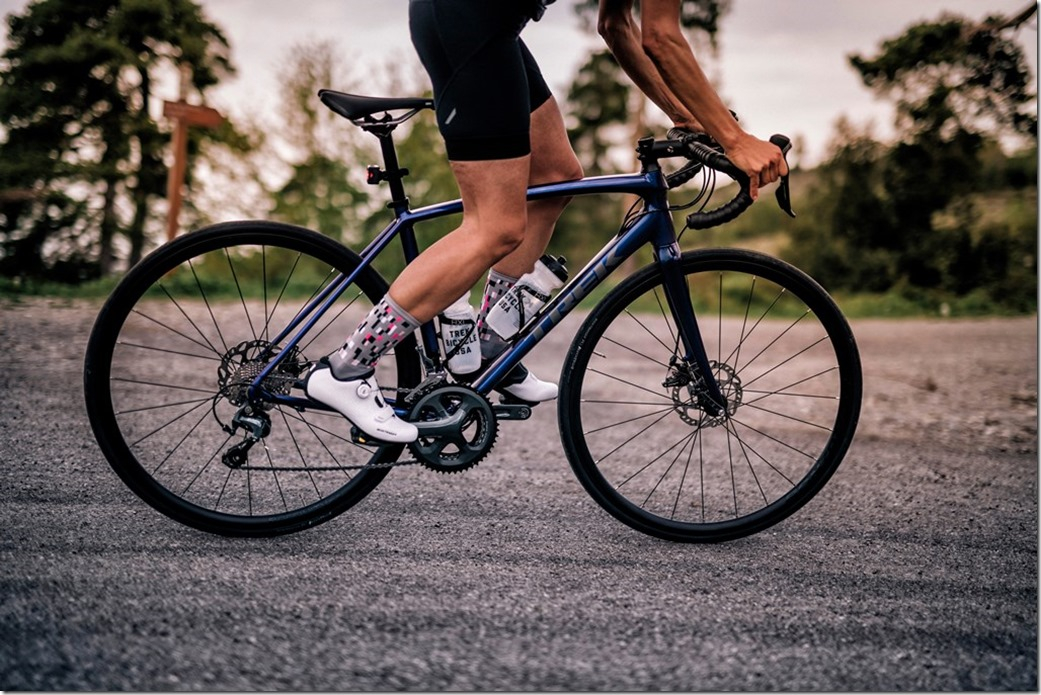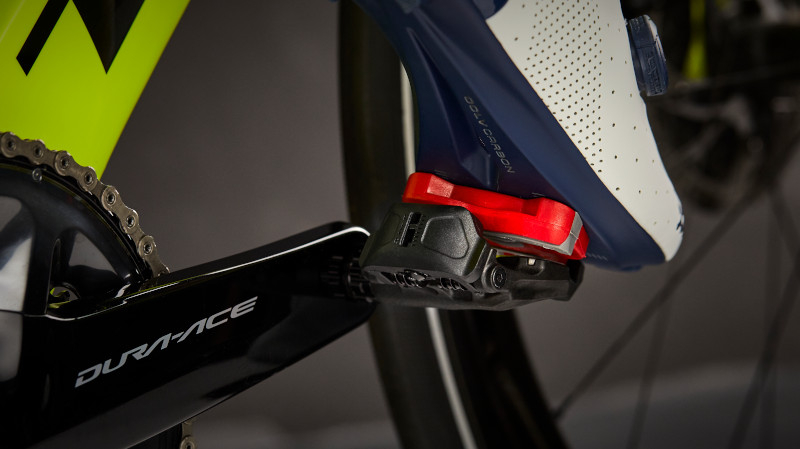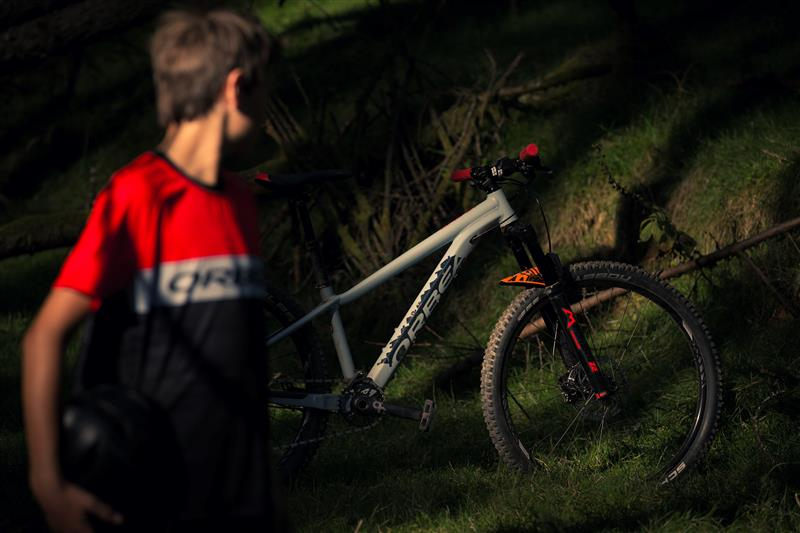Guide To Indoor Trainers
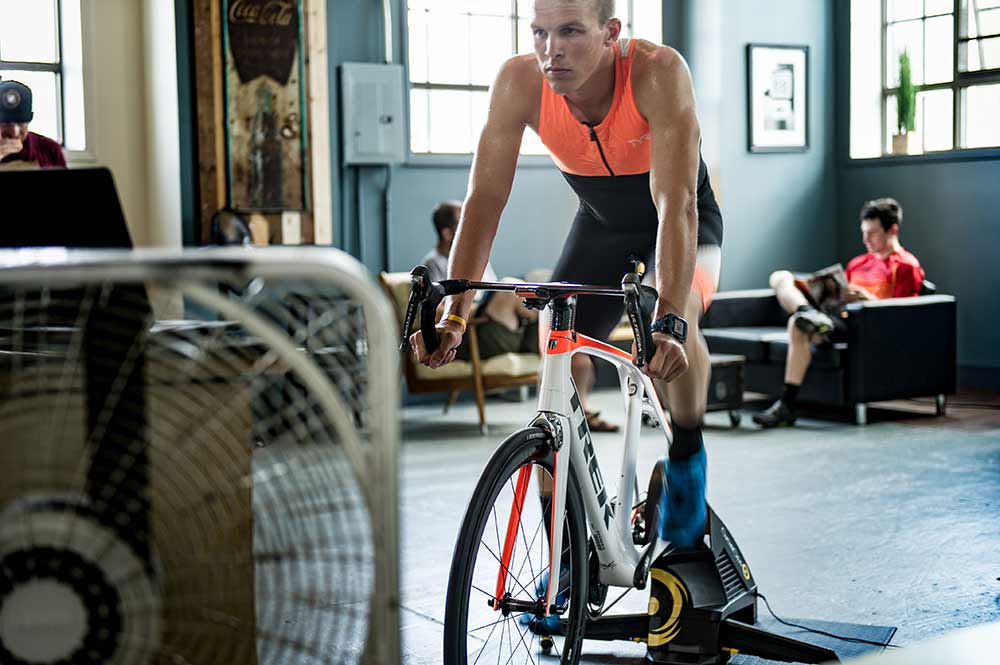
Guide To Indoor Trainers
Guide To Indoor Trainers. As the temperature drops and the nights get darker it gets harder and harder to get out on your bike. Indoor training has been a popular way to keep up form through the winter for many years. It always used to be pretty boring. Most turbo trainers were set at a steady resistance. You simply pedalled away, perhaps doing a few intervals to make it more interesting.
In the last few years indoor training has been transformed by the growth in interactive and virtual trainers. This started with interactive DVDs where you could do virtual rides of Tour de France stages. It has now moved online with platforms like Zwift, Trainer Road and Training Peaks.
These platforms let you ride virtual races against other riders or to follow interactive training with your trainer reacting to virtual hills and headwinds. On platforms like Zwift you can find yourself riding against pros. Professional teams like the Women’s SRAM/Canyon setup have been running competitions to find new riders through Zwift.
Whether you are aiming to be a pro, or simply to keep active over the winter. These virtual training platforms can add fun and purpose to your training. You can also virtually ride with, and message your mates, from the inside of your home.
What turbo trainer to buy?
We recommend CycleOps as our preferred brand of turbo trainer this winter. They are super robust and come with a lifetime warranty. CycleOps also have a good range of trainers with plenty that will work with virtual training platforms.
The CycleOps Magbus Smart Trainer is not the cheapest out there at £500. But it ticks all the boxes for anything virtual from Zwift, Trainer Road or Training Peaks. It is a ‘two way’ virtual trainer. Which means it adjusts the resistance automatically as you are climbing or descending.
If the price is not a problem and you do not want the faff of changing your tyres. Then why not try the Hammer Direct Drive Trainer. At a premium price of £1000 there is no need for the rear wheel. Your bikes just directly fits to the cassette on the trainer and off you go.
If Virtual training is not your thing and you just want to ride. We recommend the award winning Jet Fluid 2 Trainer would be our choice. At £349.99 this training kit includes a Rider Block, Sweat Guard and Training Mat. Which gives you all you need to ride indoors.
Different Types of Turbo Trainers
When looking at turbo trainers you may see words like mag, wind or fluid used. This is to describe type of resistance the trainer uses. This is often a big factor in how noisy the trainers are and how expensive they are. In roughly ascending order of cost they are:
Wind - wind trainers are basically connected to a big fan. The faster you pedal the faster the fan turns. This makes for a nice simple connection with a smooth increase in resistance. Unfortunately as you increase the speed of the fan it will get louder, and they can get very loud.
Mag - Magnetic trainers use a series of magnets inside a flywheel to vary the resistance. They will often come with a switcher that allows you to change the number of magnets being engaged. Therefore change the resistance and pressure needed turn the pedals. Mag trainers will be a bit quieter than wind ones.
Fluid - Fluid trainers, unsurprisingly, use fluid to offer resistance. The fluid in question is normally a special oil which heats up and expands as you pedal. The hotter the fluid gets the harder the resistance. Fluid trainers give a more realistic road feel than wind or mag trainers and are also lot quieter. Generally fluid trainers are the quietest on the market.
Electromagnetic – Electromagnetic trainers use magnets to create resistance in the same way as a standard mag trainer. However, because they are electromagnetic the resistance can be turned up or down as much as you like. This fine, and instant, resistance change makes electromagnetic trainers ideal for use with virtual training platforms.
Rollers v Turbo Trainers
The traditional way to train indoors was to use a set of rollers. You will still sometimes see people using these when warming up for races but they are not as common as they used to be. The benefits of the traditional rollers are that they help to improve your balance, you have to stay upright on them rather than being held upright. There is a real skill to this and mastering it will make you look like a pro.
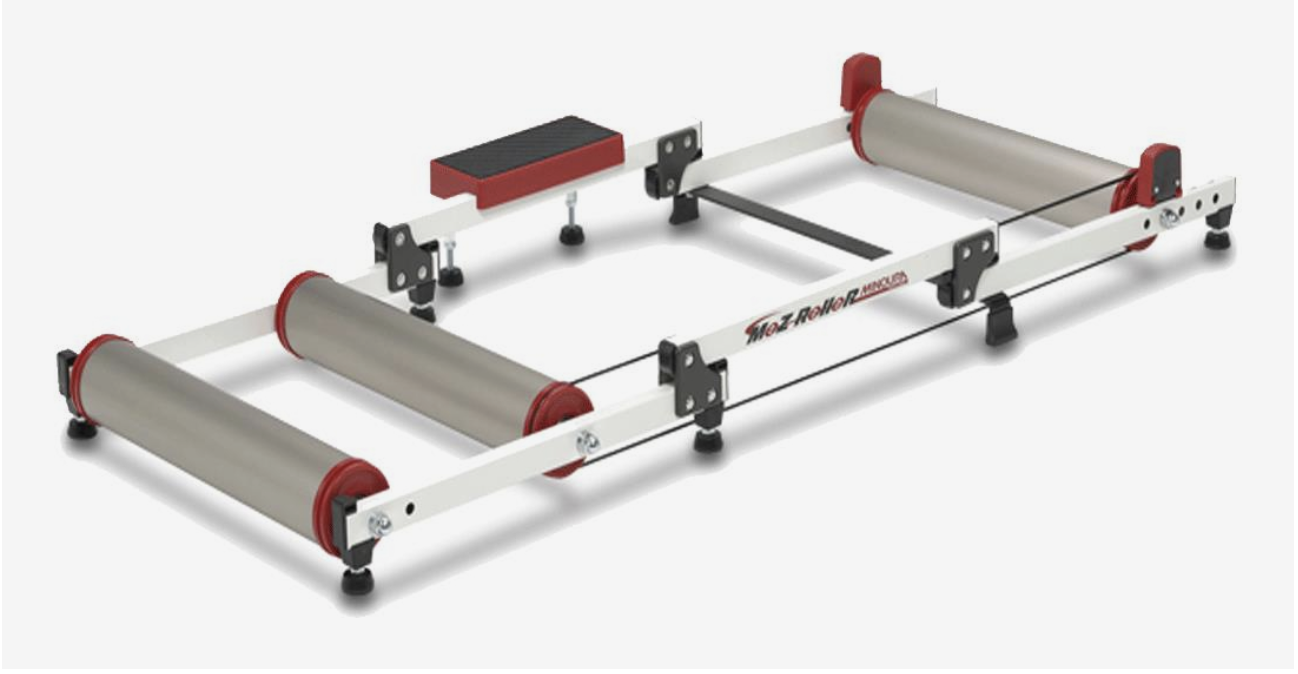
The other major advantage of traditional rollers is that they are said to give you a smoother and more natural feel that more closely mimics natural riding. This reduces potential damage to your bike and to you. They are also significantly quieter than a turbo trainer.
The major disadvantage of traditional rollers is that they can’t be used with any of the virtual training platforms. You will also need more space to use them and there can be a steep learning curve if your balance isn’t great.
Will a turbo trainer damage your bike?
This is something that we get asked a lot and we always used to say no. However, as the use of indoor trainers has gained in popularity in the last couple of years some manufacturers have started to update their warranty policies not to cover use of bikes on turbo trainers.
The issue here is really with people using expensive carbon bikes on fixed trainers. Carbon bikes are designed to handle a lot of force and to allow flex in some directions while being ultra-stiff in others. Clamping your expensive carbon frame into a stationery trainer and then exerting lots of force on it will likely make it flex in ways it wasn’t designed to. Doing this occasionally will be fine. Doing it a lot, and putting a lot of force through the frame, will inevitably cause damage.
What can be done to reduce the chances of damage?
Even the manufacturers that will warranty frame failures from turbo trainer use warn you to be careful and recommend following a few basic precautions.
- Use a turbo trainer specific tyre – using standard road tyres on a turbo trainer will destroy them fairly quickly. Road tyres are not designed to withstand the heat and constant contact that turbo trainer use brings.
- Make sure the bike is clamped in properly – over tightening clamps can cause as much damage as not doing them up enough so be really careful about how you do this.
- Be careful with the contact points – most turbo trainers come supplied with a special quick release for clamping the back wheel in. Use the one supplied rather than the lightweight ones from your expensive wheels.
- Use a Sweat Guard – sweat is basically salty water and will corrode bike frames and parts. If you constantly drip sweat onto the same parts of your bike it won’t do it any good. You can either put a towel over the front of your bike or buy a special sweat guard.
- Don’t use your best bike – many manufacturers recommend using an old metal or steel frame bike on your turbo trainer rather than you expensive carbon one.
What turbo trainer accessories do you need?
There are various turbo trainer accessories on the market from turbo trainer specific tyres through to smart phone holders. The basic things you should consider essentials are.
A turbo tyre – as mentioned above these will save your road tyres from getting destroyed.
A spare wheel – if you are using your bike on the road and on the turbo trainer then it is worth getting a cheap spare wheel for use on the trainer. Otherwise you are going to spend most of the winter changing tyres.
A riser block – all turbo trainers lift the back of your bike off the ground. A rider block will lift your front wheel to the same level and stabilise it, making the ride feel more natural. CycleOps make climbing blocks which allow you to have your front wheel at different angles to suit personal tastes and training sessions.
A training mat – sitting your turbo trainer and bike on a mat will soak up a lot of the vibration and noise that your trainer would normally generate (especially important if you are using the trainer in a flat or upstairs bedroom). The mat will also soak up any sweat that hits the floor.
